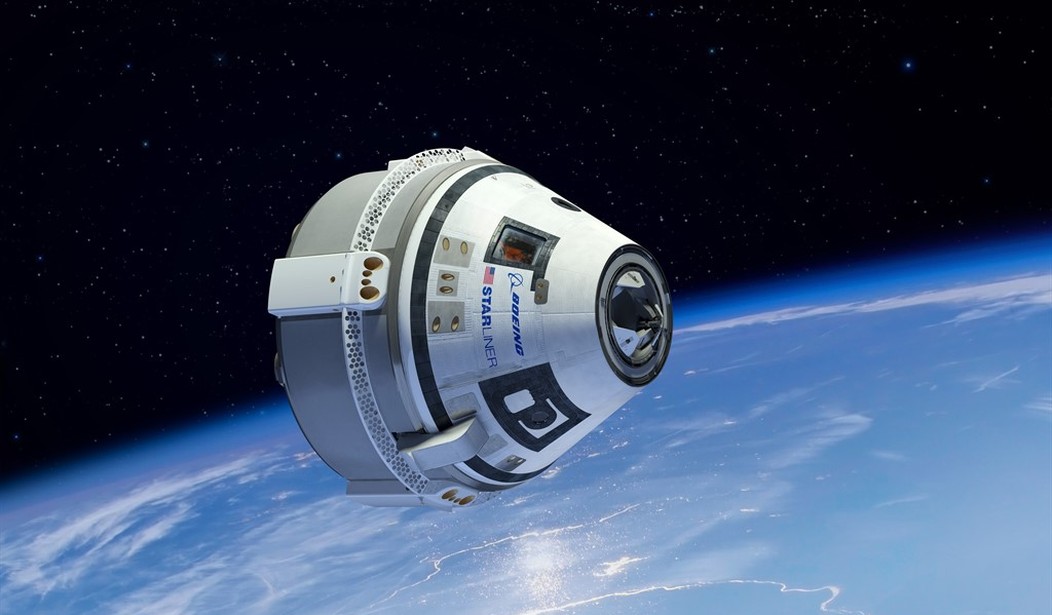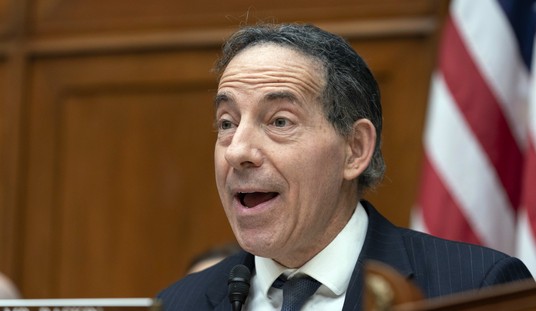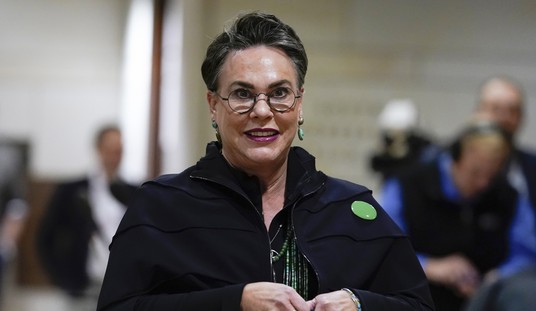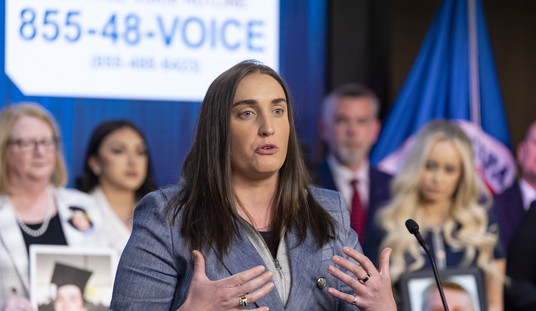In a Saturday announcement calculated to fly below the media radar and the attention of the public, NASA announced that astronauts Sunita Williams and Barry “Butch” Wilmore would have their eight-day stay aboard the International Space Station extended to eight months. When they do return, it will be aboard Elon Musk's SpaceX Dragon rather than the Boeing Starliner "autonomous" capsule that had been their way home.
To say Starliner is troubled is to do disservice to the word. It seems to be an unstoppable Doomsday machine in search of victims.
NASA awarded Boeing the contract for Starliner in September 2014. By December 20, 2019, Starliner was ready for its first failure. An unmanned capsule was supposed to rendezvous with the ISS but failed due to a series of software malfunctions that forced the mission to be truncated.
However, for reasons Boeing engineers do not yet understand, Starliner’s Mission Event Timer clock malfunctioned, causing the vehicle to think it was at a different point in the mission and at a different time in its mission that it actually was.
Huh?
By March 6, 2020, the incident review identified 61 software problems to be fixed or improved. In August 2021, Boeing was ready for a second go, but the launch had to be scrubbed due to a faulty valve in the propulsion system. And by "a," I mean 13.
Boeing said Monday that the problem that scrubbed the launch of its Starliner spacecraft was caused when 13 valves in its propulsion system failed to properly open during a preflight test earlier this month, a more widespread issue than was previously known.
A new date was set for May 2022. That flight was a success. Now, Boeing was ready for the critical manned test. Veteran NASA astronauts Barry E. Wilmore and Sunita Williams, with Michael Fincke selected as a backup. That launch was scrubbed.
However, just weeks before this launch was due to occur, Boeing announced on June 1 that there were two serious issues with Starliner. One of these involved the "soft links" in the lines that connect the Starliner capsule to its parachutes, and the second problem came with hundreds of feet of P-213 glass cloth tape inside the spacecraft found to be flammable.
Starliner slipped in status from a profit center to a cost center.
On Wednesday, as a part of its quarterly earnings update, Boeing announced that the Starliner program had taken a loss of $257 million "primarily due to the impacts of the previously announced launch delay." This brings the company's total write-down of losses on the Starliner program to more than $1.1 billion. Partly because of this, Boeing's Defense, Space, & Security division reported a loss of $527 million during the second quarter of this year.
Because Starliner was funded by NASA through a fixed-price contract, as part of the Commercial Crew program, Boeing is responsible for any cost overruns and financial losses due to delays.
The next launch was delayed indefinitely. It would be rescheduled for May 6, 2024. Hours before liftoff, the launch was canceled because of an oxygen leak from a defective valve. May 18 was announced as the new launch date. In what had become a monotonous series of failures, the May 18 launch was canceled when engineers discovered a helium leak. June 1 was declared to be the new liftoff date. Three hours and 50 minutes before liftoff the mission was aborted because one of three computer systems refused to sync.
ULA CEO Tory Bruno told reporters in the post-scrub briefing that engineers suspect the abort may have been caused by a faulty computer card in the ground launch sequencer system housed in a building at the base of Starliner's launch pad, Launch Complex-41, at Cape Canaveral Space Force Station. But checking that card would require ground teams to wait several hours until it was safe to approach the pad. "The system was unsuccessful in verifying the sequencer's necessary redundancy," NASA officials said of the sequencer glitch.
Starliner lifted off with a manned crew on June 5. It docked as scheduled on June 6, but not without drama.
Several hours after reaching orbit, ground controllers noticed two helium leaks in the spacecraft’s propulsion system that were in addition to an earlier leak that crews had been troubleshooting in the weeks leading up to the launch but decided did not pose a risk.
NASA and Boeing decided that the spacecraft could continue to proceed with docking with the space station despite the discovery of the additional helium leaks. The helium is used to provide pressure to the flow of propellants through the propulsion system. It is not combustible or toxic, and officials said it posed no risk to the astronauts.
As Starliner approached the station Thursday morning, NASA reported that as many as five of the spacecraft’s small “reaction control system” thrusters, used to make small maneuvers in orbit, had failed. NASA held the spacecraft out at some 850 feet before allowing it to proceed closer to the station, while Wilmore took over control of the autonomous spacecraft as part of a preplanned test of the manual controls.
The teams were able to eventually bring four of the thrusters back online. And as ground crews continued to study the balky thrusters, they asked Wilmore to manually fly the spacecraft to the edge of an invisible barrier about 650 feet away from the station known as the “keep-out zone.”
Ground crews sent commands to fire the thrusters, then asked Wilmore and Williams whether they could feel the vibrations. Once they reported that they could for at least four of them, NASA decided they could proceed with docking.
The mission was scheduled to last eight days.
Nine days after their problematic docking, Boeing said the return had been pushed back to June 22. June 22 came and went. Saturday. NASA pulled the plug on Starliner.What does any of that have to do with DEI?
Boeing has has a long string of aviation disasters to its credit which many attribute to Boeing's embrace of DEI to the detriment of engineering excellence.
BACKGROUND:
NEW: Whistleblower Alleges That Boeing Skirted Safety Rules Amid Production Pressures – RedState
New Boeing Whistleblower Makes Damning Claims About the Company – RedState
WATCH: Josh Hawley Grills Boeing CEO Dave Calhoun – RedState
NASA is also pushing DEI inside its engineering operations. In fact, "diversity statements" determine if programs sink or swim: see Biden-Harris admin requires 'corrupt' DEI 'ideological litmus test' on NASA innovation funding, scientists say | Fox News.
This is an example of the training NASA foists upon its engineers.
What might make up a "white supremacy culture?"
(Use this cheat sheet for what the terms mean, because being the lying communists that they are, DEI proponents are the masters of using things like Quantity Over Quality to mean focused on measurable processes rather than emotions.
- Things that can be counted are more highly valued than things that cannot. For example, numbers of people attending a meeting, newsletter circulation, money raised and spent are valued more than the quality of relationships, democratic decision-making, ability to constructively deal with conflict, morale and mutual support.
- Little or no value is attached to process in the internalized belief that if it can’t be measured, it has no value.
Quantitative analysis is a good thing to have if you're going to launch humans into space.)
Hmm, it seems to me that a heaping doses of "perfectionism," "either/or thinking," "objectivity," "quantity over quality," and "sense of urgency" are all things that would have helped Boeing avoid this fiasco. Perhaps a little "worship of the written word" could have come in handy when building a freakin computer clock or choosing non-flammable components. Or some solid "power hoarding," instead of "group groping" when making decisions.
The irony of alleged "white supremacy culture" containing so many of the elements that would have prevented this fiasco is just too much to bear.













Join the conversation as a VIP Member